



Hosted by Víctor Santana and Lluna Morcillo, CEAM Foundation
Fire is one of the main threats in Mediterranean subhumid drylands and represents a key factor shaping these ecosystems. Management and restoration of fire prone areas may aim at both reducing the risk of fire occurrance and promoting resilience and diversity of the plant communities.
In 1979 it occurred a megafire that burned ca 30.000 ha of mature mixed pine forest (Pinus halepensis and P. pinaster). After this wildfire, vegetation regenerated in dense fire-prone shrublands vulnerable to further fires. We will visit restoration actions performed in the Caroche mountain range, in the municipalities of Ayora and Teresa de Cofrentes (province of Valencia). In this place, we will see an experiment designed to assess the combined effect of several restoration actions performed since 2003. This actions aimed to reduce flammable vegetation through mechanical clearing, while resilient resprouting species typical from late-successional stages were introduced by plantation.
The successional dynamics after repeated fires is present in a closeby area where several controlled fires have been performed in the last decades (up to 4 fires every 10 years, approximately). The place is perfect to will discuss whether the use of prescribed burns is a suitable strategy, not only to reduce fuel load and fire risk, but also to create alternative communities at landscape level that can enhance biodiversity and the provision of multiple ecosystems services.
Frequently, monospecific plantations of pines result in poorly diverse understory. Restoration actions to increase the biodiversity and promote resilience will be visited in adult pine forests resulting from old reforestations (60 years-old). The system was previously thinned at two final densities. In 2009, the understory of these forests were planted with seedlings of six different Mediterranean species with three different functional strategies. Discussions on how the different strategies and species responded to the interaction with different intensities of thinning and, hence, of canopy cover are expected.
Tentative timetable
|
8:45 9.00 |
Meeting time Depart from University of Alicante Campus, Sant Vicent del Raspeig. |
|
10.30 |
Macizo Caroche – Casa Morera. Restoration and management of a Mediterranean burned forest |
|
12.00 |
Macizo Caroche – Alto de Tona. use of prescribed fire as restoration tool for promoting diverse and functional landscapes. |
|
13.30 |
Ayora lunch. Village with a long and interesting history crowned by its XIII century castle. |
|
15.00 |
La Hunde. Restoration with resprouter species under moderate pine cover. |
|
17.00 |
Back to University of Alicante |

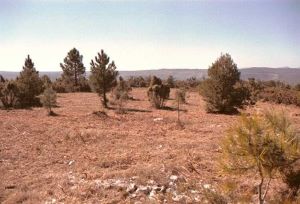
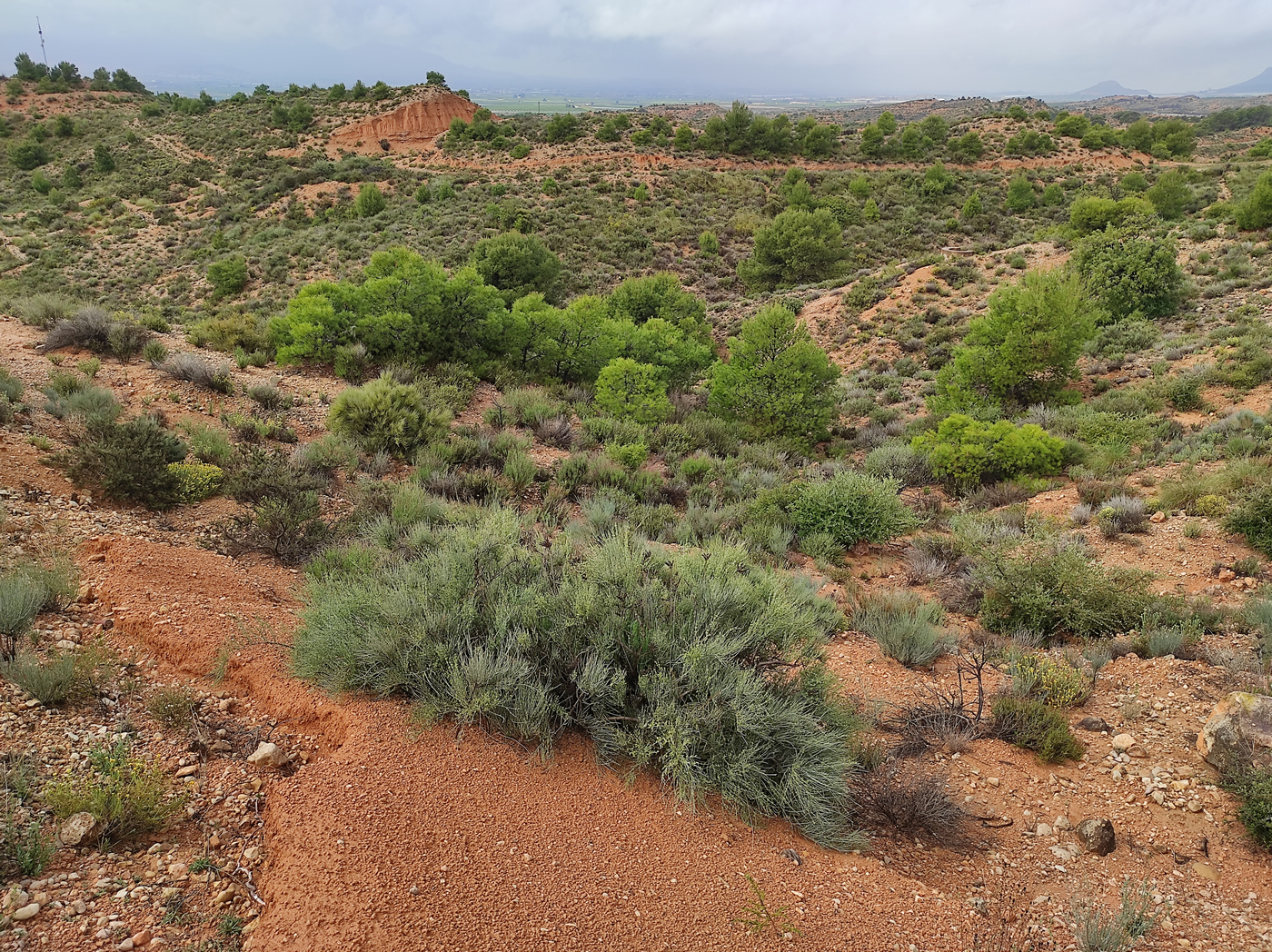
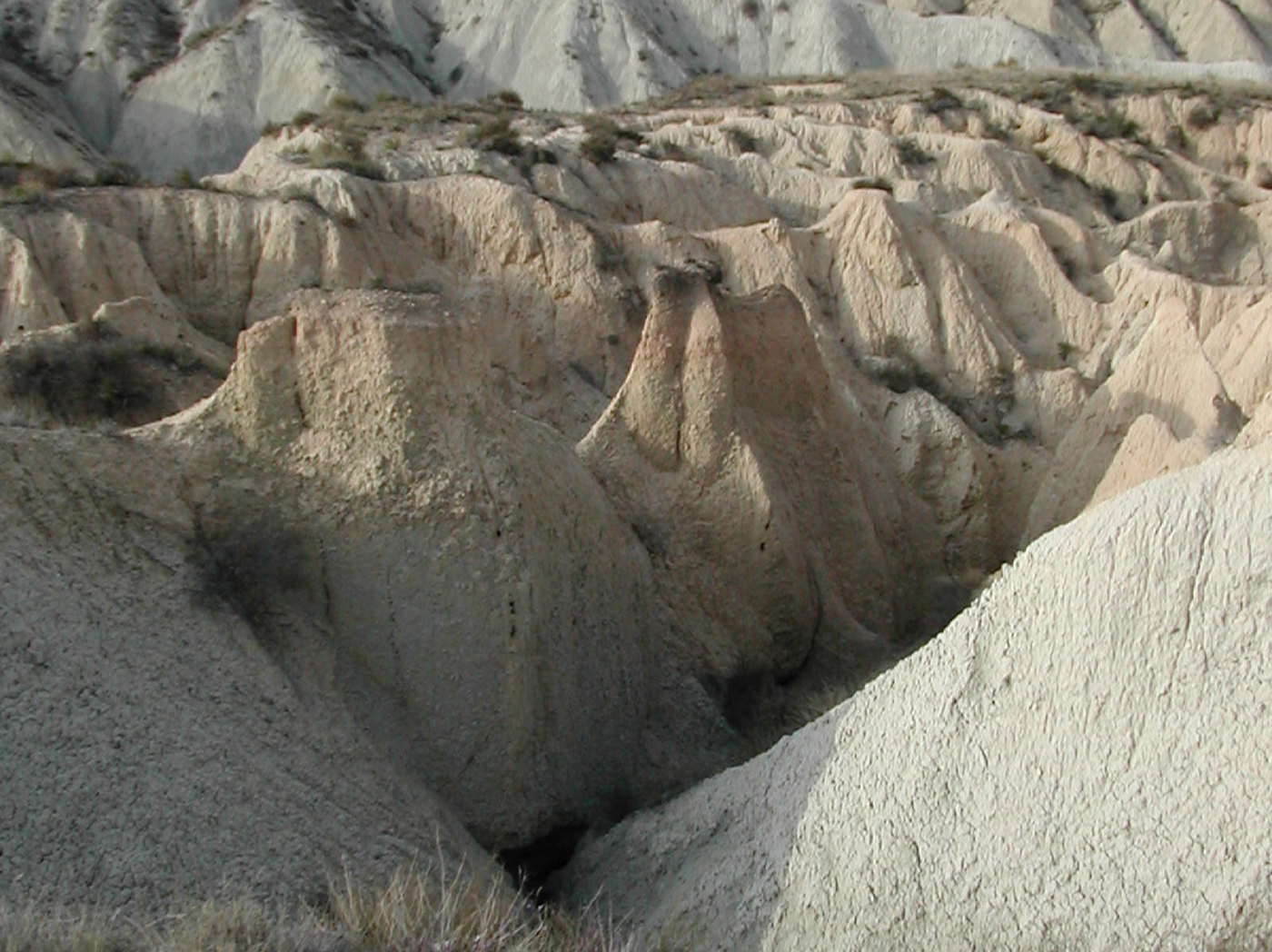
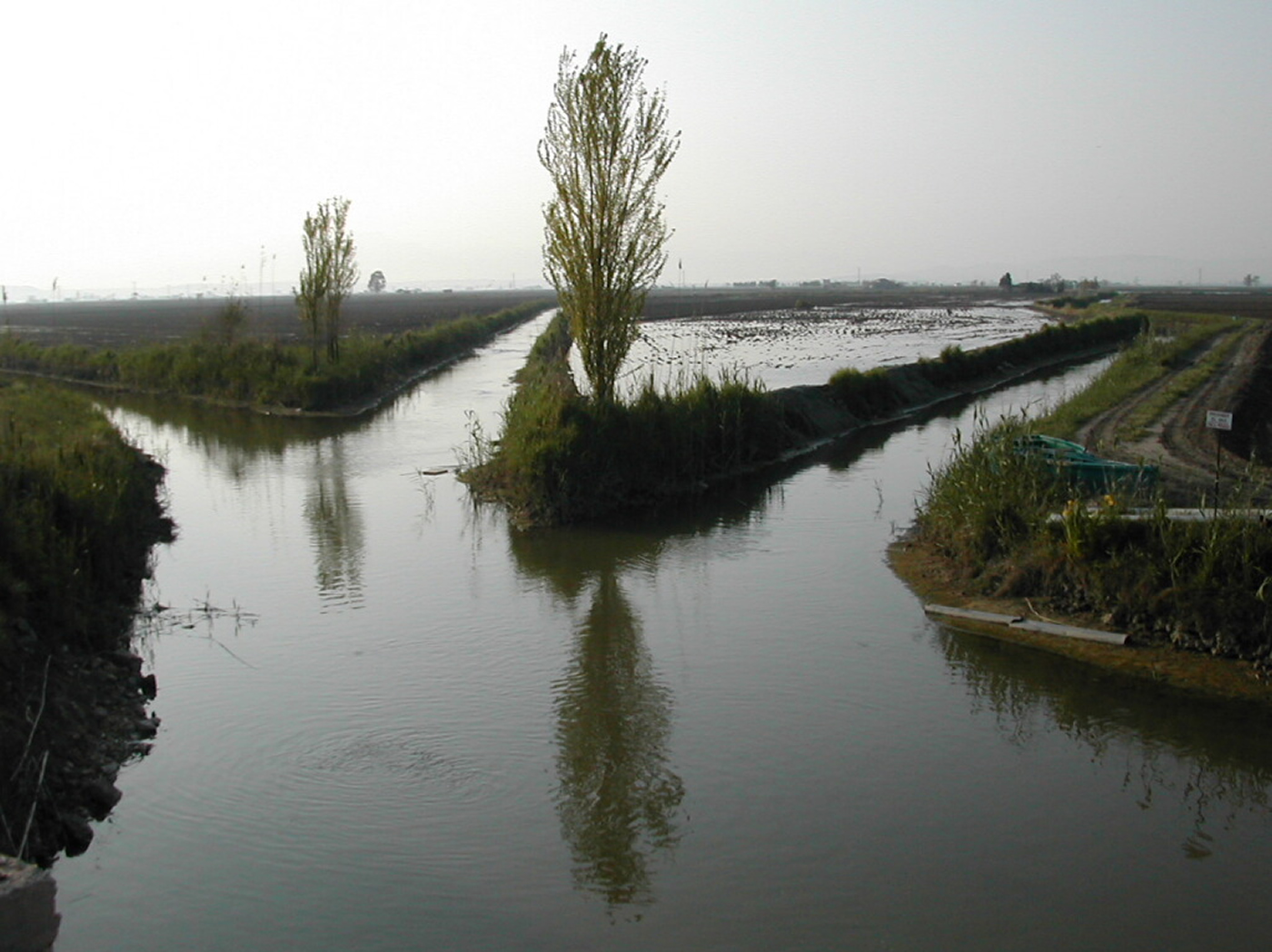



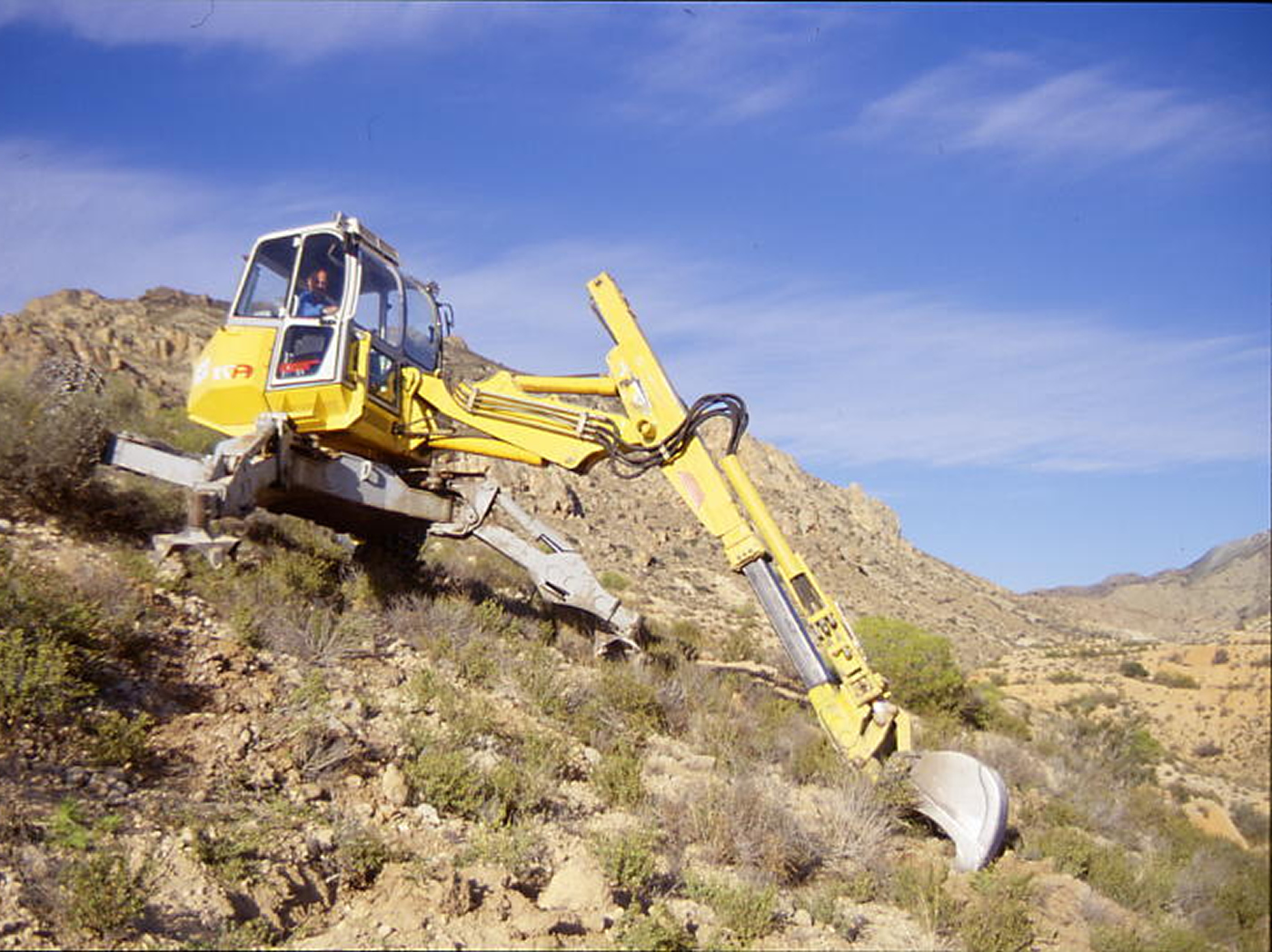





ALO CONGRESS- VIAJABIEN S.L.
Numancia, 73, 7º C2
08029 - Barcelona (Spain)
Phone: (+34) 933 633 954
secretary@sere2022.org
Payment and invoices
admin@sere2022.org